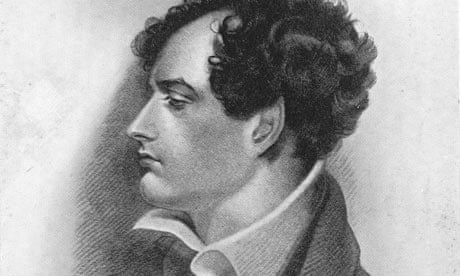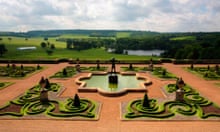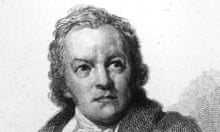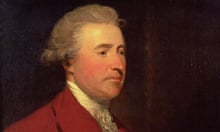Byron was first and foremost a poet. His output, in every conceivable metre, iambs and anapaests, blank verse, hudibrastics and heroic couplets, terzains, quatrains, sixains, rime royal, spenserians and ottava rima, was enormous. His last poem is written in Sapphics, one of the most difficult forms of all. That his body of work should be so little read, when every year sees the publication of ever more prurient versions of his life, is absurd and disgraceful. Readers who lap up egregious hypotheses about Byron and fail to familiarise themselves with his works are short-changing themselves. Don Juan is by far the greatest comic poem in English. It should be as well-known in England as the Orlando Furioso is in Italy. That it isn't is partly the fault of Matthew Arnold, who sent us all off in a wild goose chase after high seriousness. We labour still under a delusion that comedy is a lower form than tragedy, and can never arrive at greatness or profundity.
The road to a poem as good as Don Juan is long. Byron set out on it in his earliest youth. Wherever he went and whatever else he did, he was reading and writing poetry. When he went from Cambridge to Nottinghamshire in the long vacations, to stay with his mother at Southwell, he took with him poems finished and unfinished. While he was getting up theatricals and partying with a small circle of friends, he was writing more poetry. In 1806 he took 28 of his poems to a firm of Newark printers and paid for their printing. No sooner had the book, Fugitive Pieces, appeared in November that year than he withdrew it. He had a revised text ready, which was published as Poems on Various Occasions only a few weeks later, in January 1807.
At the same time as he was revising and rewriting, he was writing new work for Hours of Idleness which was published in June, to be followed by an enlarged and revised version, Poems Original and Translated, in March 1808. This is an impressive work rate for any poet, even if the bulk of the work was being recycled from volume to volume.
Because Byron published under his own name, dropped the names of distinguished friends, and repeatedly reminded his readers he was not just a lord, but still under age, he was savagely mocked by the Edinburgh Review.
Byron was a natural satirist in an age without humour. His model was Pope. Though he could and would write in the exotic tale genre, and even imitate Ossian, he had no patience with literary Romanticism. His contempt for Southey, Wordsworth and Coleridge moved him to begin English Bards and Scotch Reviewers in October 1807 and he would go on lampooning them for the rest of his life, as he became more of a Romantic than any of them, unafraid of revolution or sexual liberation, and passionate in his insistence on sincerity and spontaneity. Childe Harold was meant to be a satirist, but popular taste demanded a hero more thrillingly saturnine. When Byron returned from a year-long tour that took him from Spain to Albania in June 1811, with the first two cantos of Childe Harold's Pilgrimage in his luggage, his friends removed the witty parts of the poem before presenting it to the publishers. From then on Byron was taken to be his own hero and speculation about his life of dissipation was rife.
In the months following the overnight sensation that was Childe Harold, Byron capitulated to the prevailing taste and produced the first four of his series of narrative poems, The Giaour (1813), The Bride of Abydos (1813), The Corsair (1814), and Lara (1815). In January 1815, he made the monumental mistake of marrying Anna Isabella Millbanke.
His wife's flight back to her parents after a single year of life with Byron occasioned the most repellent kind of gossip and speculation. Disgusted with England and himself Byron left for the continent.
In Switzerland he met up with the Shelleys; the life they led together is now notorious. More importantly, closeness to Shelley allowed Byron to develop the revolutionary element in his own thinking. Shelley's influence can be traced in the third Canto of Childe Harold (1816) and The Prisoner of Chillon (1816), and in the first of Byron's eight blank-verse dramas, Manfred (1817). Byron went on to Venice where he wrote the fourth and last canto of Childe Harold (1818). There he encountered the Italian poema cavalleresco, written in ottava rima, a highly regular form which acts as a springboard for all kinds of variations in tone and treatment, from the most touching to the downright ridiculous. The first of Byron's efforts in ottava rima, which has proved too difficult for English writers since, was Beppo (1817); in 1819, even as he was working on his blank verse dramas and exotic tales, Byron began to write Don Juan, a burlesque romance in which he created an extraordinary persona for the narrator, a figure probably closer to the engaging and engaged Byron we know from his letters than any of the self-dramatising masks he had worn before. Don Juan was unfinished at the end of a 16th canto when Byron left Italy to join the liberation struggle in Greece, where he died of marsh fever at Missolonghi on 19 April 1824.





